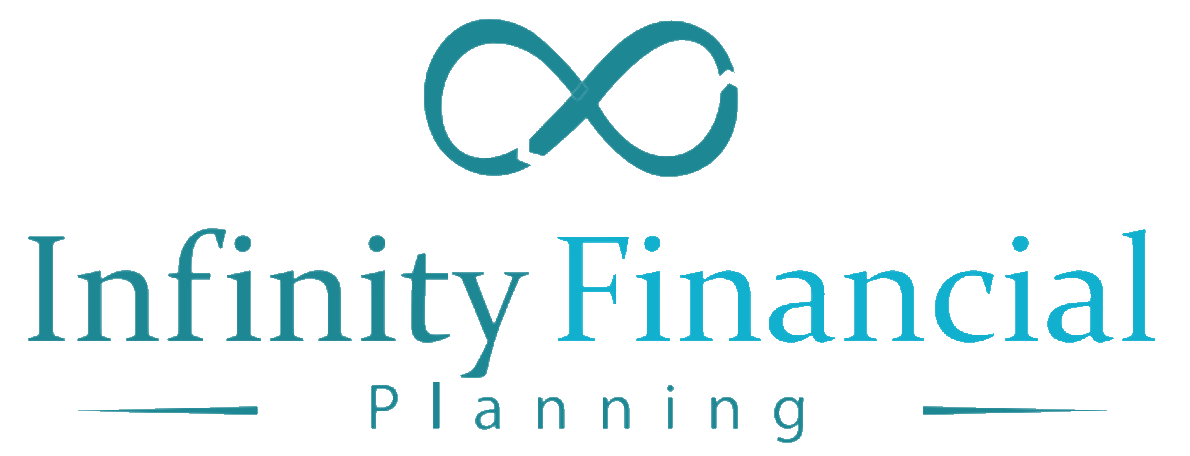Why Higher Interest Rates Shouldn’t Prevent You From Investing.
Wherever you are in life's journey, it's an excellent time for you to make intelligent financial decisions.

This year, interest rates reached their highest level since 2007 and are expected to stay relatively high through 2024. This higher-rate economic environment brings excitement but also confusion. You may be asking, “with all of the compelling ways to earn more on my savings, are equities worth the risk?” Thankfully, we have decades of data to help us answer this question. And it may surprise you that the analysis shows it would be foolish to forego equities.
A brief review of interest rate policy
What history teaches us about investing through different interest rate periods
Our initial analysis delves into the performance of equities, bonds, and high-yield savings rates over the past 50 years (from June 1, 1973, to May 31, 2023). As illustrated in the accompanying graph, over an extended time frame, equities consistently and significantly outperform bonds, which, in turn, consistently outperform high-yield savings rates.
In our analysis, equities were represented using the US total market returns series from Ken French’s website, encompassing both large and small-cap US stocks. Bonds were portrayed using 5-year Treasury returns due to their medium time frame, and the high-yield savings rate was represented using 1-month Treasury returns, a widely accepted measure of the risk-free rate. It is crucial to note that consistent data sources were maintained throughout the analysis for equities, bonds, and high-yield savings rates.



